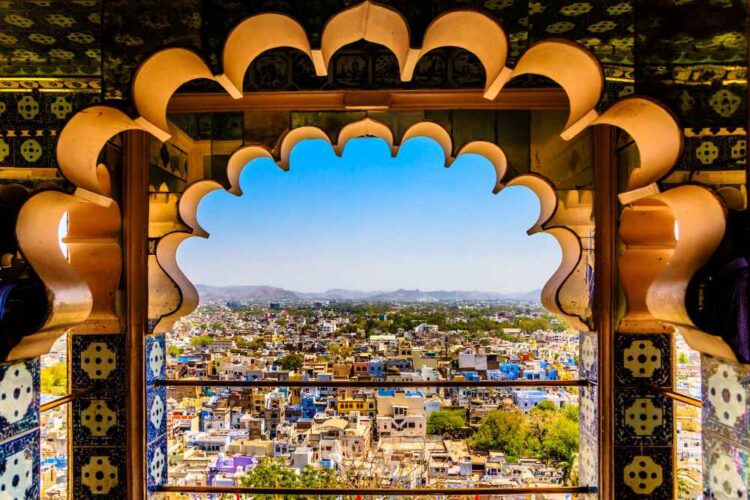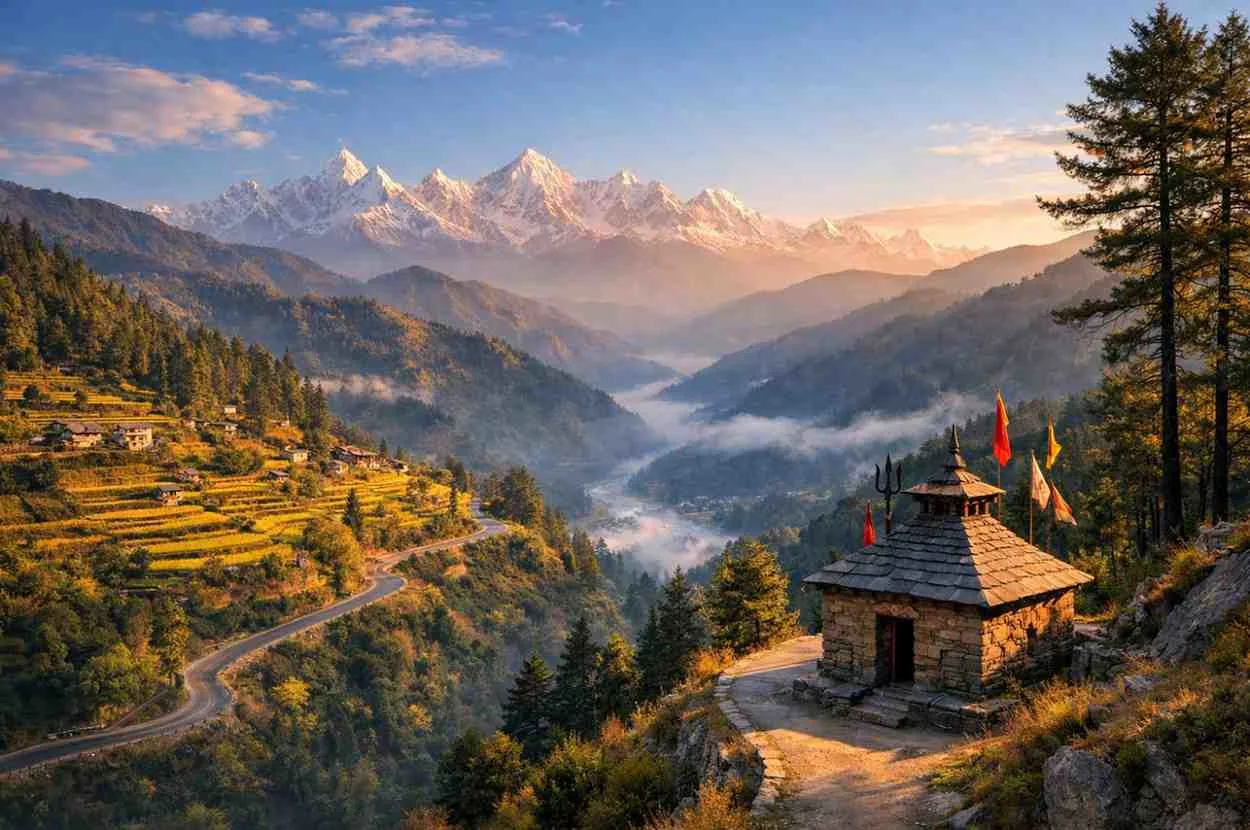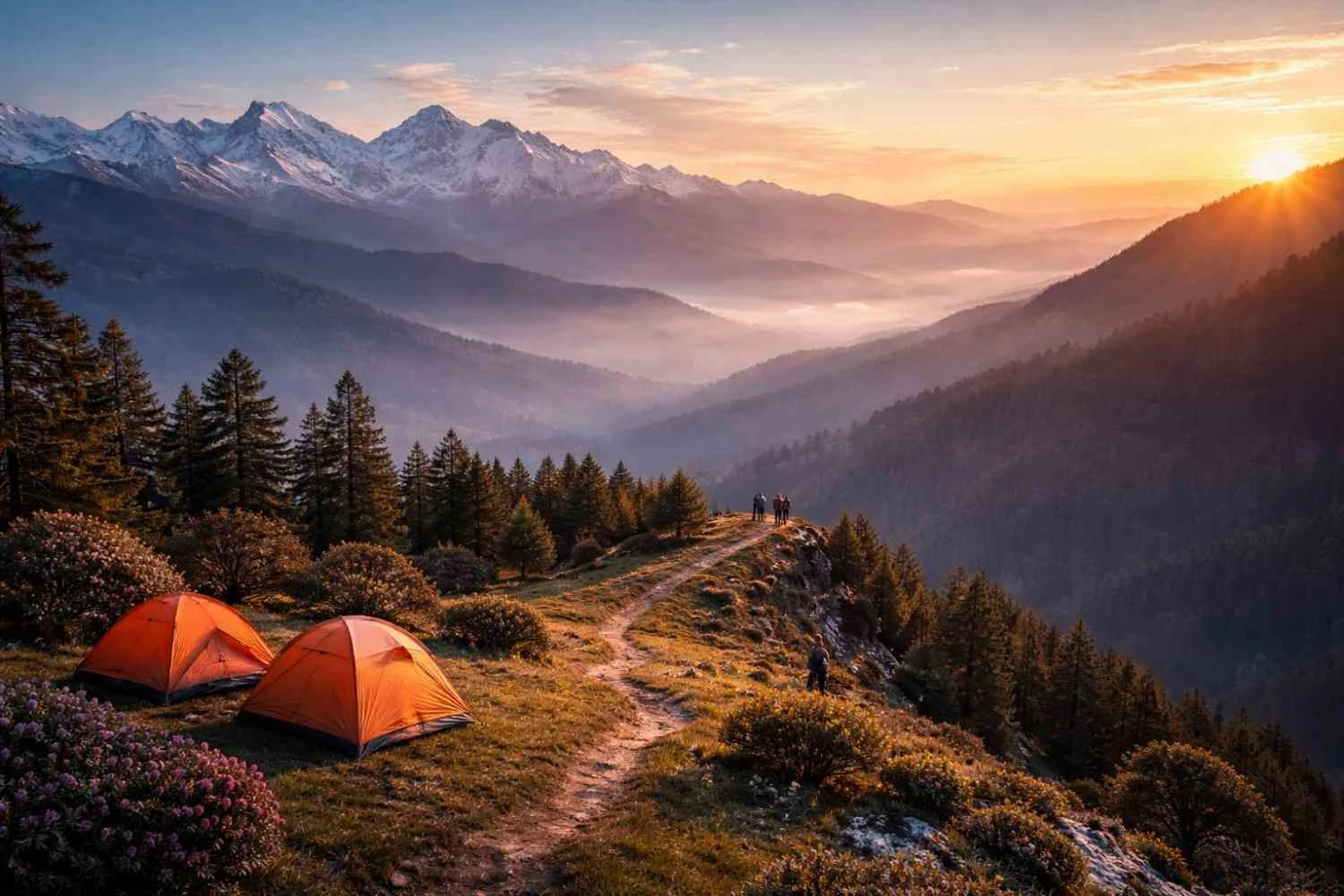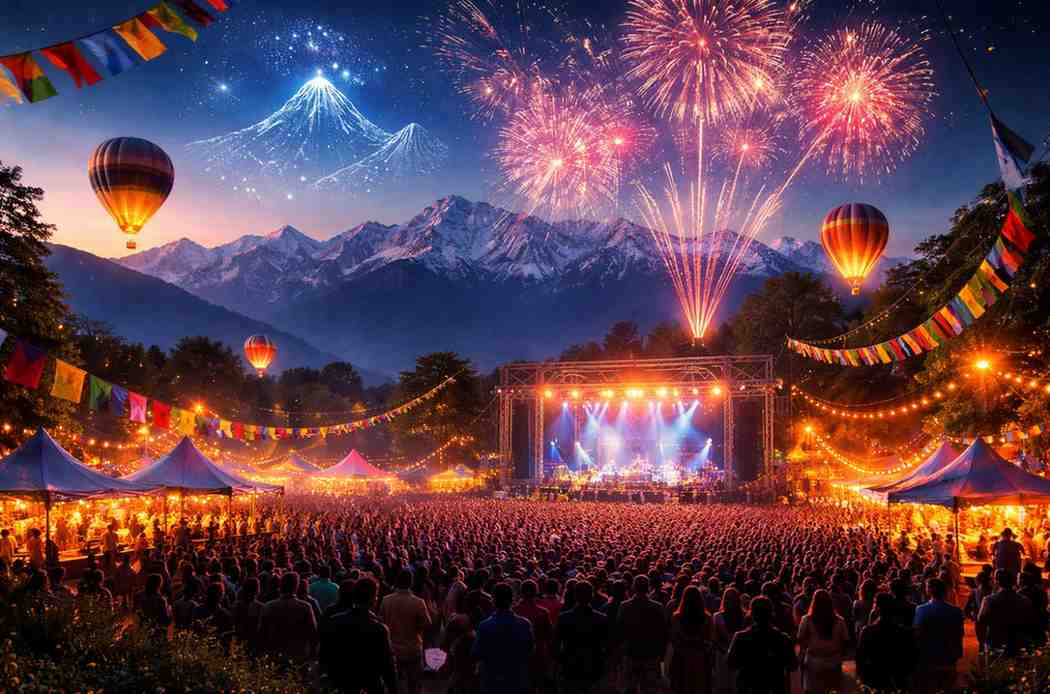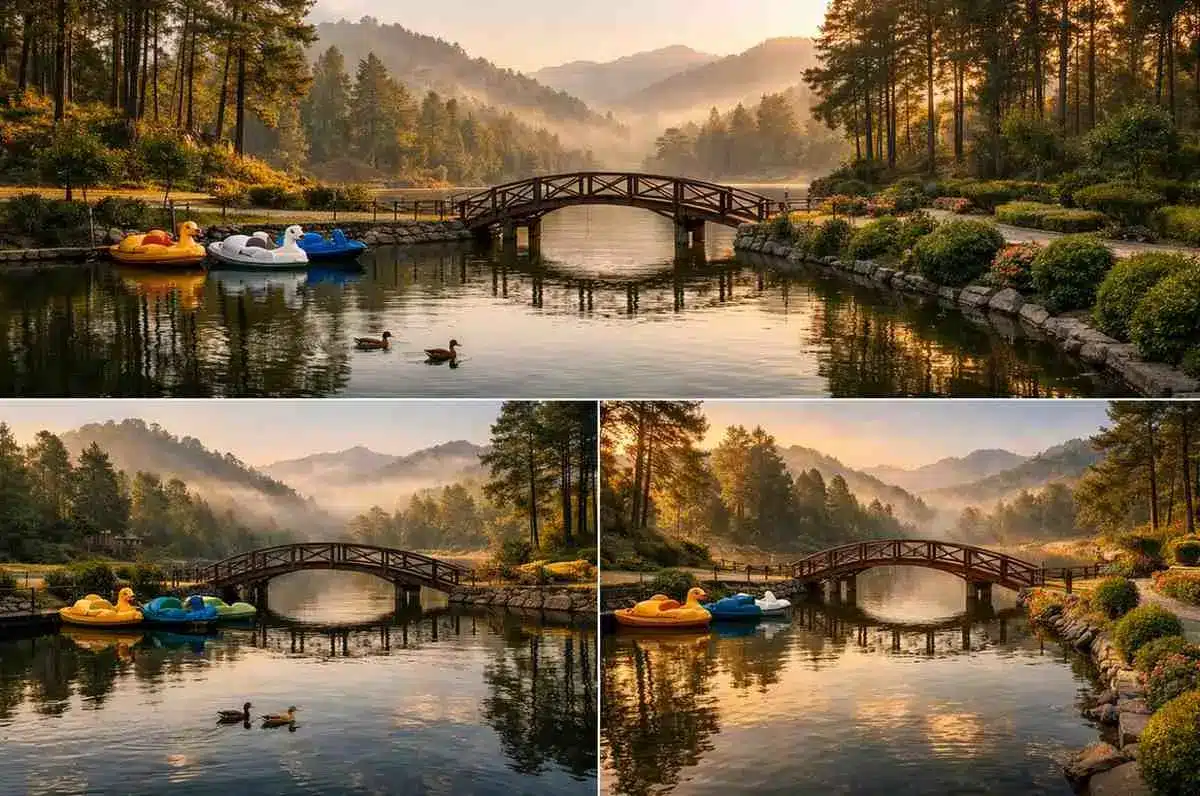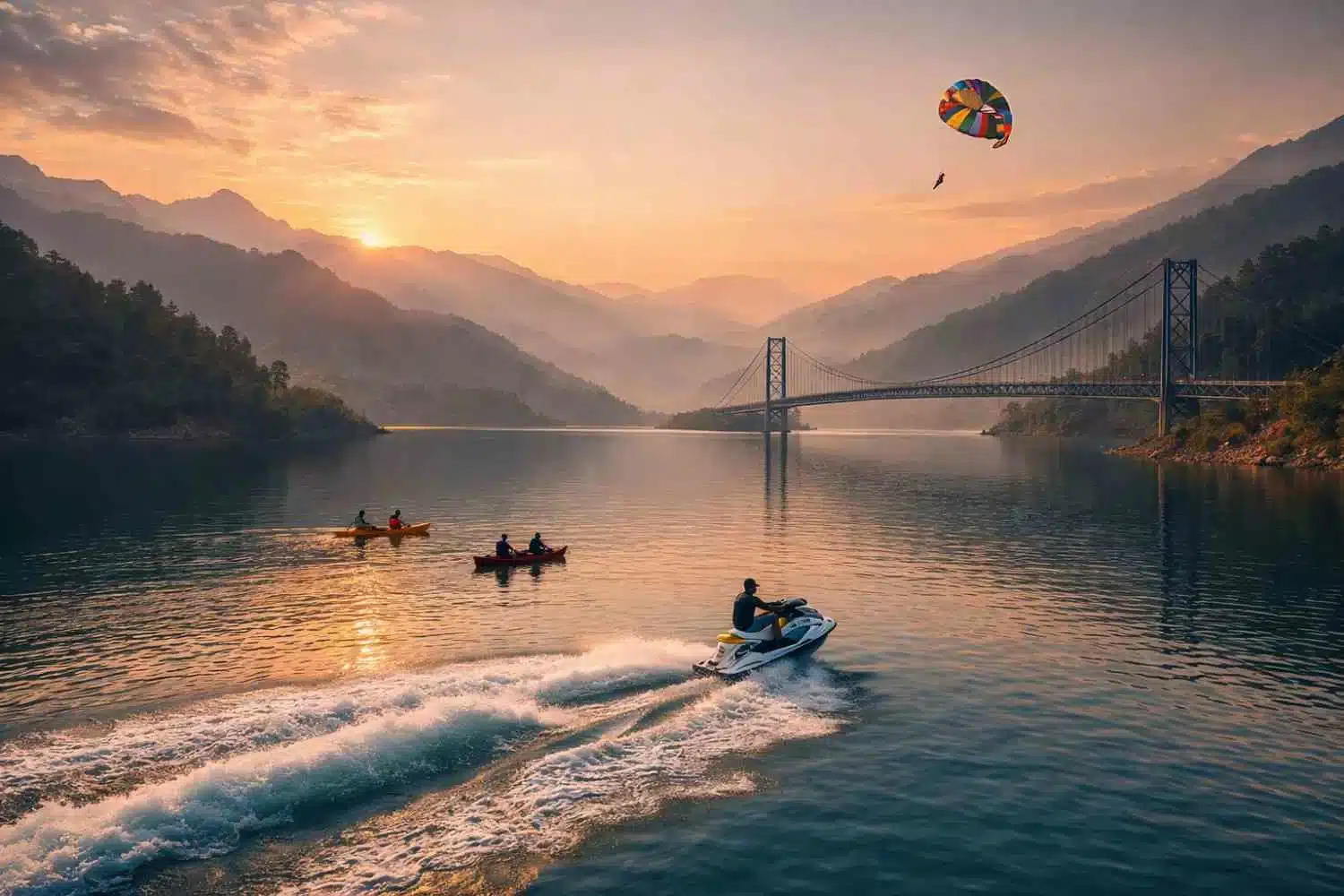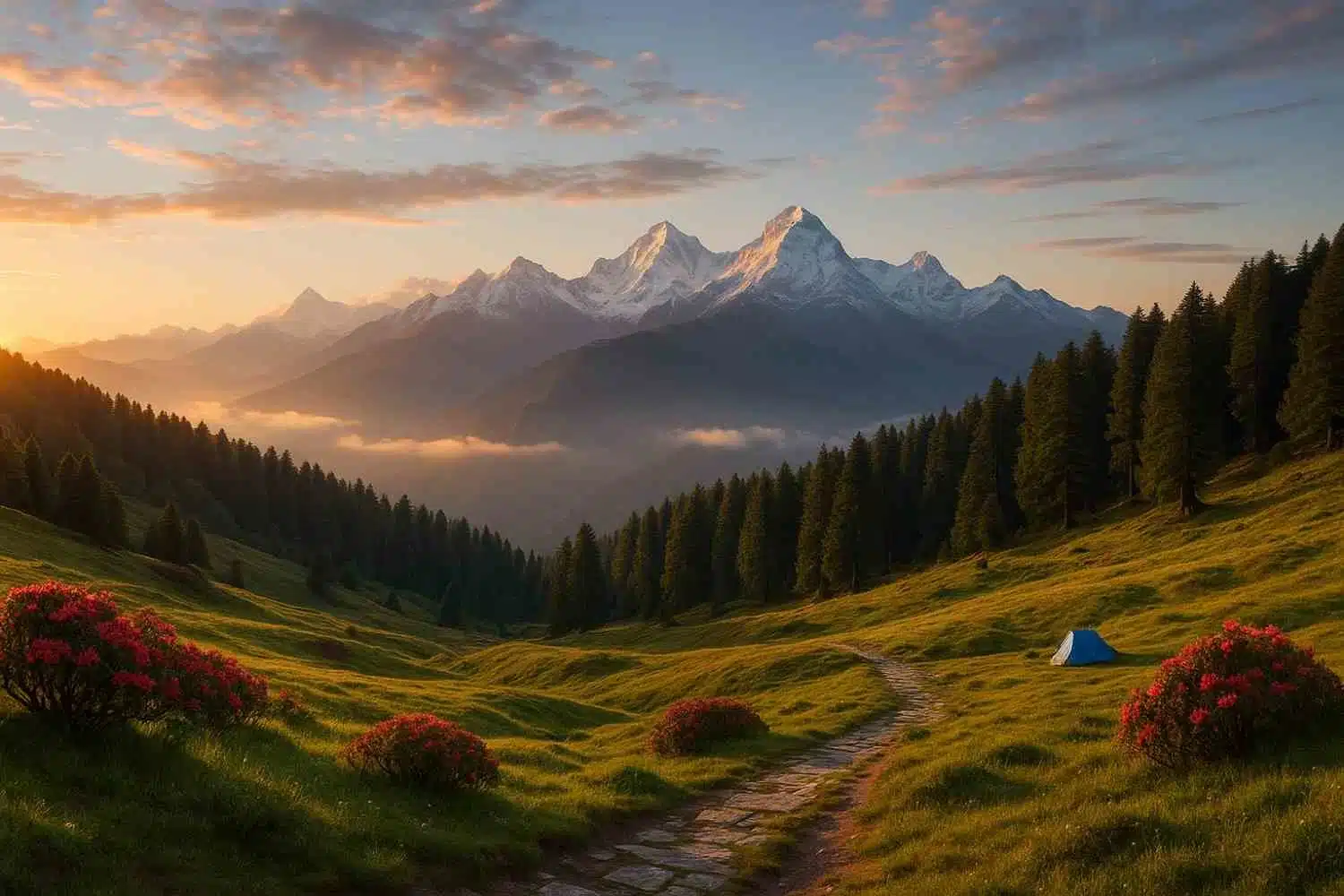Jaipur, known as the Pink City, blends old and new. Rajasthan’s capital has stately forts, palaces, and bazaars. Visit Jaipur for a few days or at night to see its fascinating sights. This is a complete list of Jaipur’s top 20 attractions.
1. Amber Fort
Rajput architecture is stunning at Amber Fort on a mountaintop. It was the capital before Jaipur and was built of red sandstone and marble in the 16th century. The Sheesh Mahal’s elaborate mirror work, grand ramparts, and spacious courtyards are famous. Maota Lake is also visible from the fort. The incredible nightly sound and light performance on the fort’s history is a must-see.
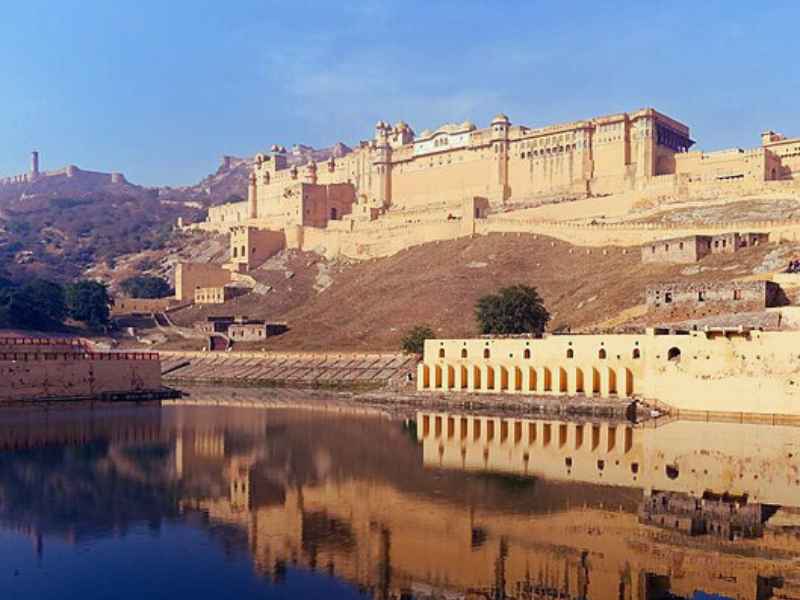
2. Hawa Mahal
The five-story Hawa Mahal, or Palace of Winds, comprises 953 jharokhas. Built by Maharaja Sawai Pratap Singh in 1799, it allowed royal women to watch street festivities and daily life in privacy. Iconic honeycomb-like façade provides cool breezes throughout the structure, thus its name. The palace’s tiny museum displays Jaipur’s royal history.

3. Municipal Palace
The City Palace is a stunning Mughal-Rajput building in Jaipur’s centre. Palaces, gardens, and museums, notably Chandra Mahal and Mubarak Mahal, are in the complex. Royals live at Chandra Mahal, whose higher floors provide a view of the city. The City Palace Museum has regal costumes, Pashmina shawls and Jaipur Maharaja weaponry.
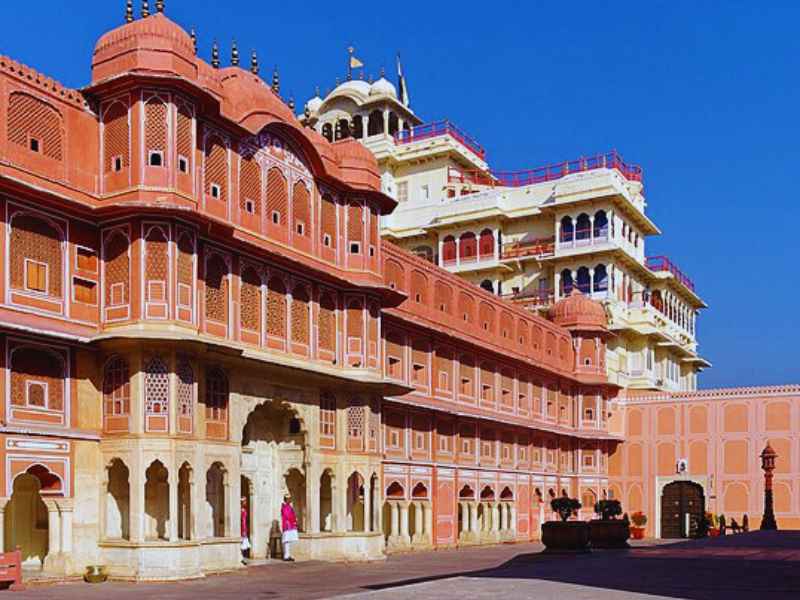
4. Jantar
A UNESCO World Heritage monument, Jantar Mantar was created by Maharaja Jai Singh II in the 18th century. Ancient India’s scientific progress is shown by its 19 architectural astronomy devices. The world’s biggest sundial is the Samrat Yantra. Indian astronomers were ingenious in using these equipment to measure time, forecast eclipses, and monitor stars.
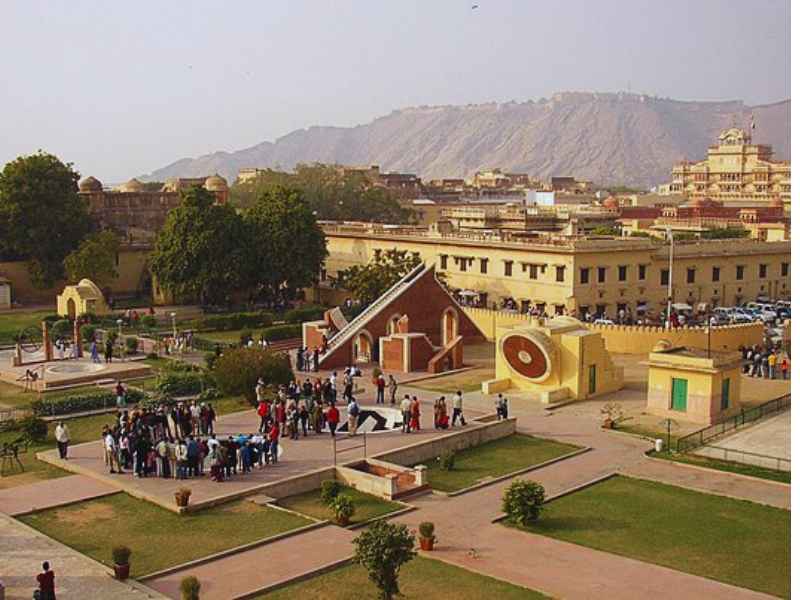
5. Fort Nahargarh
To defend Amber, Maharaja Sawai Jai Singh II erected Nahargarh Fort in 1734, which offers beautiful views of Jaipur. After being enlarged, the fort became a royal retreat in the Aravalli Hills. Picnicking and watching the Pink City sunset are popular here. A wax museum and sculpture park enhance the fort’s appeal.

6. Fort Jaigarh
The Fort of Victory, Jaigarh Fort, has Jaivana, the world’s biggest wheeled cannon. This fort was built in 1726 to defend Amber Fort and palace. The Amber Fort and surrounding countryside are equally stunning from the fort. Royal weaponry, pictures, and paintings are on exhibit at the fort’s armoury and museum.
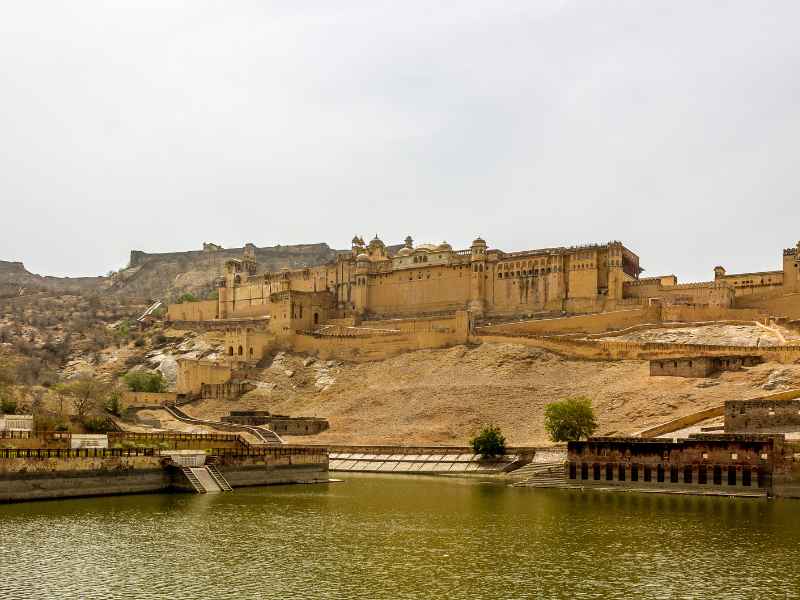
7. Museum Albert Hall
The oldest Rajasthan museum is Albert Hall in Ram Niwas Garden. Its collection includes paintings, jewellery, textiles, and rugs. A mysterious Egyptian mummy is one of the museum’s exhibitions. Its Indo-Saracenic architecture is stunning at night, making it one among Jaipur’s must-sees.
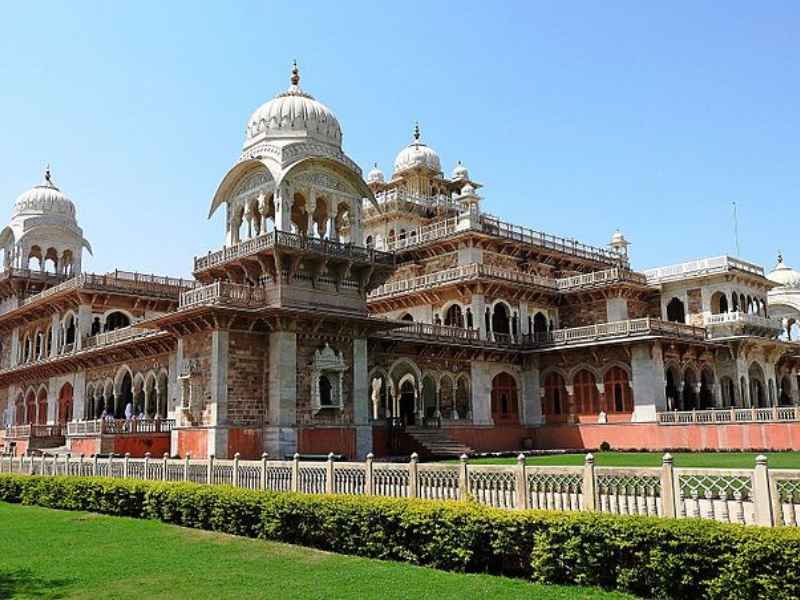
8. Birla Temple
Birla Mandir—also known as the Laxmi Narayan Temple—is a white marble masterpiece. Lord Vishnu and Goddess Laxmi are worshipped in the 1988 Birla temple. The temple’s tranquilly and elaborate sculptures of Hindu mythology make it ideal for meditation and adoration. Nighttime illumination makes the temple very magical and holy.
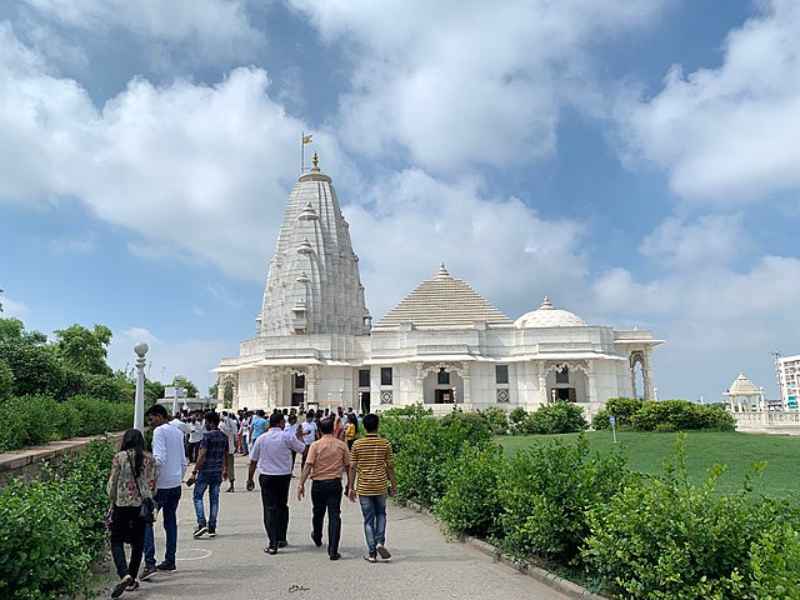
9. Jaal Mahal
Jal Mahal’s floating castle in Mann Sagar Lake is beautiful. Maharaja Madho Singh I built it as a duck hunting lodge in the 18th century. Although the palace is closed, tourists can admire it from the lake. It’s famous for photography due to the peaceful surroundings and palace reflection in the river. Birding is great around the lake.
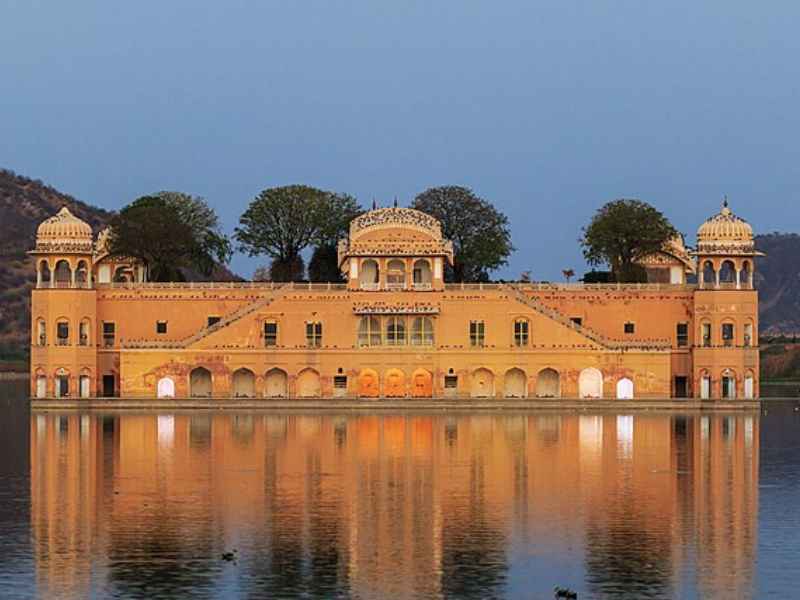
10. Temple Galtaji
Galtaji, often known as the Monkey Temple, is an ancient Hindu pilgrimage destination in the Aravalli highlands. Pavilions with sacred kunds (water tanks) are believed to heal in the temple complex. Saint Galav meditated here, hence the temple is named after him. The complex is charming since many monkeys live there. The shrine is tranquil and offers stunning views.
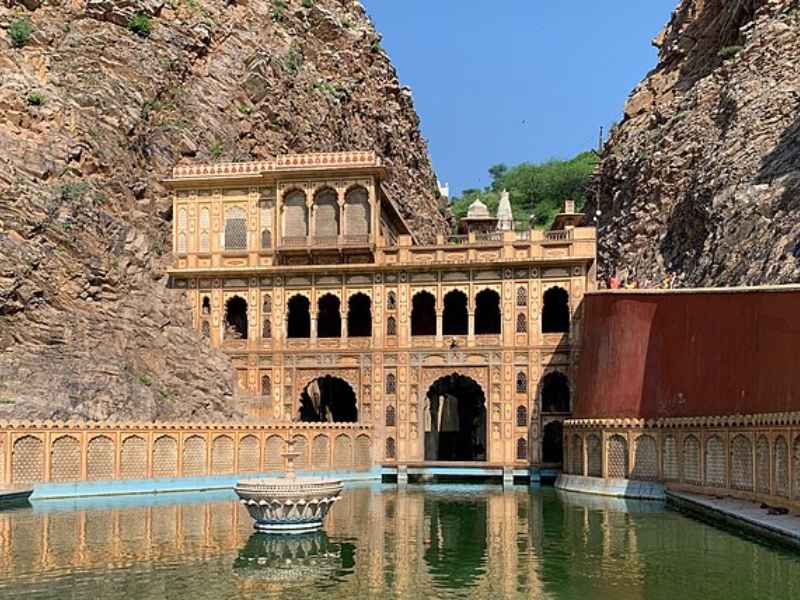
Also Read: 20 Top places to visit in Sikkim in 2024
11. Gurudev Ji Temple
Krishna-dedicated Govind Dev Ji Temple located in City Palace. It is a major Krishna temple that draws many tourists during Janmashtami, Lord Krishna’s birthday. Its idol came from Vrindavan, brought by Maharaja Sawai Jai Singh II. The hundreds of devotees who sing and chant in worship of the Lord during the aartis are stunning.
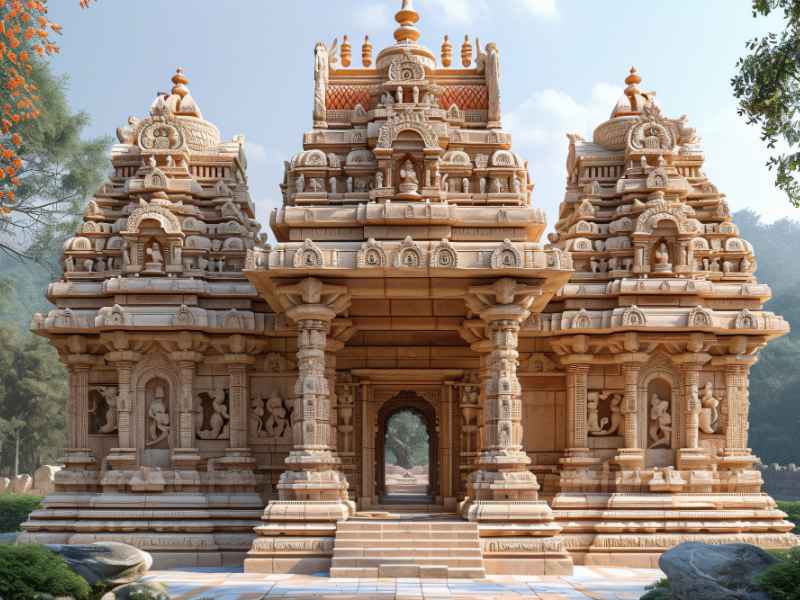
12. Rambagh Palace
Rambagh Palace, formerly the Maharaja of Jaipur’s home, is now a Taj Group historic hotel. After being erected as a garden house in 1835, the palace became a royal dwelling. If you’re not staying here, stop by for a supper or high tea to enjoy royal hospitality. Elegant interiors, manicured grounds, and peacocks make the castle magnificent.
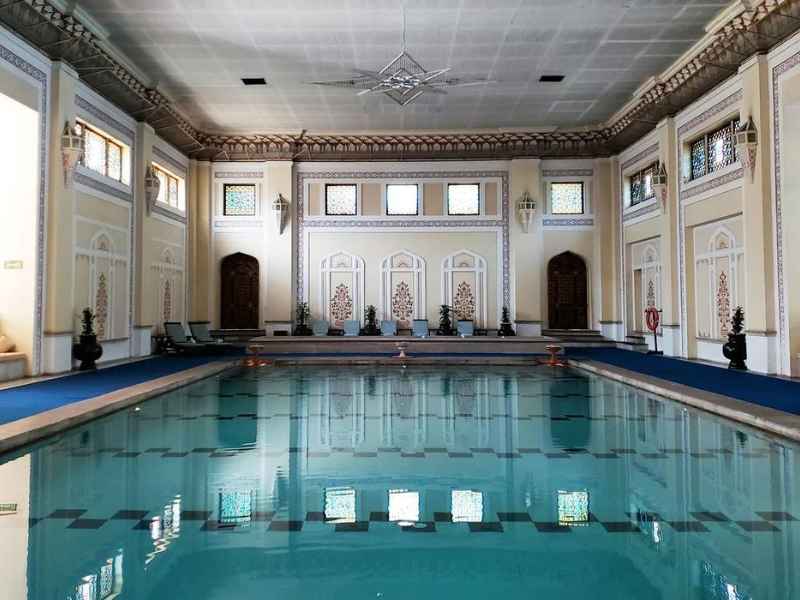
13. Panna Meena Ka Kund
Jaipur’s hidden treasure Panna Meena Ka Kund is a magnificent stepwell near Amber Fort. Water was stored and communal gatherings took place in this 16th-century stepwell. Architecturally stunning and photogenic, its symmetrical stairs and geometric designs. In addition to cooling down, the stepwell is a peaceful spot to rest and learn about history.

14. Wax Museum Jaipur
At Nahargarh Fort, the Jaipur Wax Museum has lifelike wax figures of Bollywood, sports, and historical celebrities. A regal portion of the museum depicts Rajasthani royal life. The wax figurines’ rich detailing and craftsmanship charm and educate visitors of all ages.
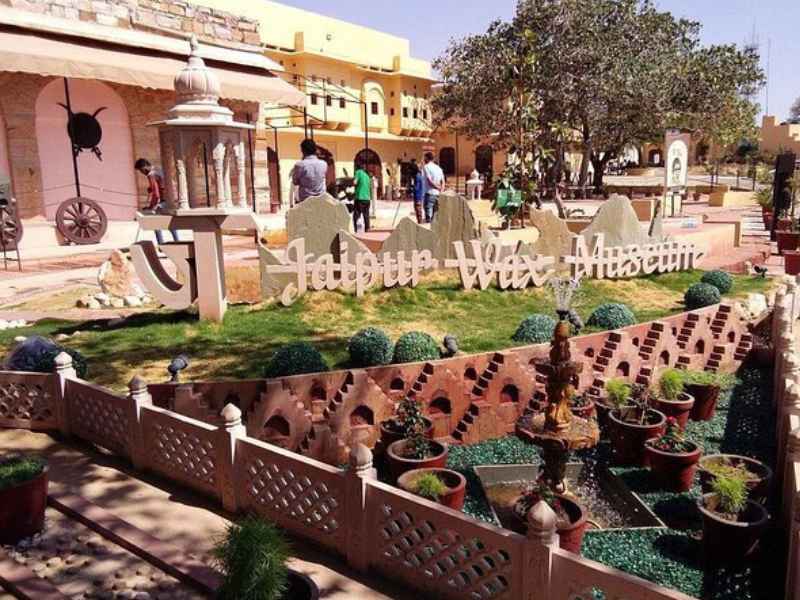
15. World Trade Centre
A huge shopping and leisure facility, World Trade Park is a contemporary Jaipur landmark. It has a multiplex movie, foreign and Indian brands, and restaurants. The building’s blue glass front is remarkable. Spend an evening shopping, dining, and watching a movie at World Trade Park.
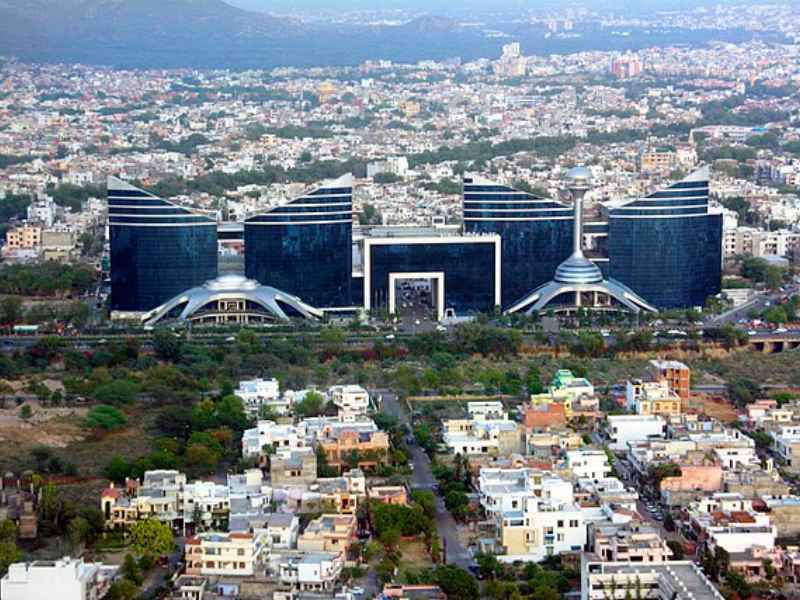
16. JCD Garden
A musical fountain, rose garden, and running trails make Jawahar Circle Garden one of Asia’s largest circular parks. Morning and evening walks are common in the garden. Nighttime musical fountain shows entice residents and tourists. The park’s well-kept grass and paths make it ideal for family outings.
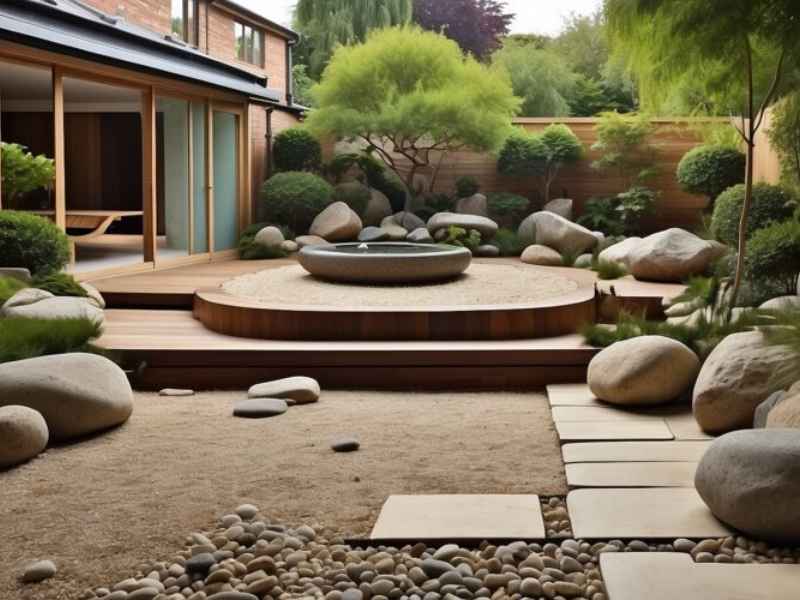
17. Chokhi Dhani
You must visit Chokhi Dhani to enjoy Rajasthan’s colourful culture and customs. Camels, Rajasthani dancing, puppet shows, and thalis are available at this ethnic rural resort. For a cultural immersion, the resort is modelled after a Rajasthani village. The welcoming mood and energetic atmosphere make it a wonderful experience.
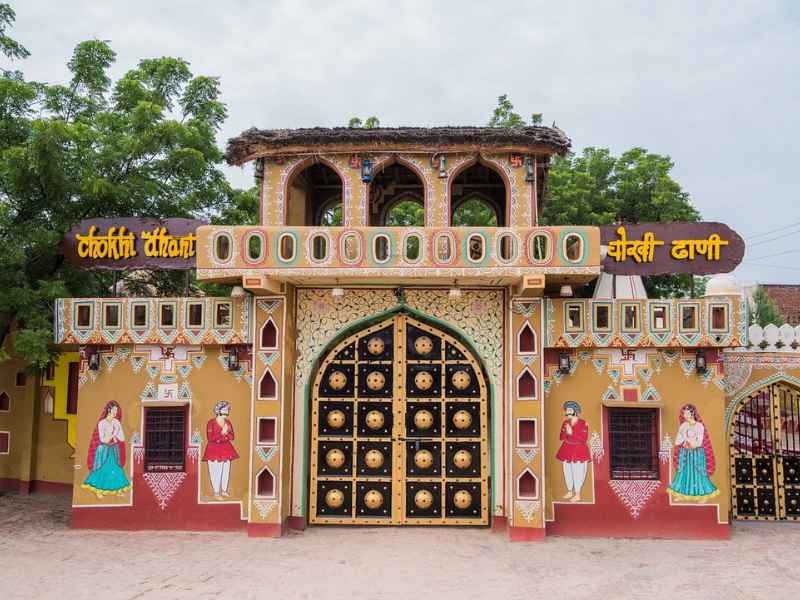
18. The Anokhi Hand Printing Museum
The Anokhi Museum of Hand Printing celebrates block printing in a renovated haveli near Amber Fort. In the museum, traditional and modern block-printed fabrics, equipment, and processes are displayed. Attend workshops and watch craftspeople. The museum promotes this old skill and showcases Rajasthan’s textile legacy.
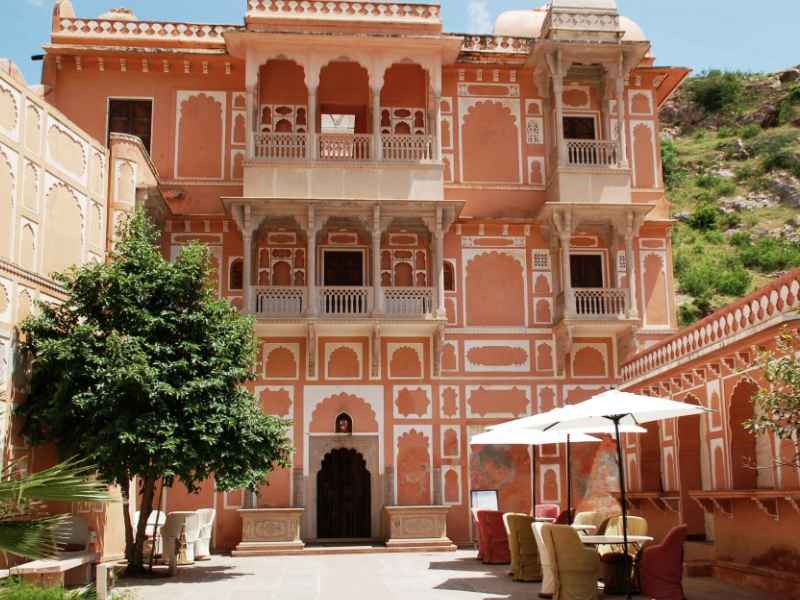
19. Central Park
One of Jaipur’s largest and most popular parks, Central Park offers a calm escape from the city. A golf course, musical fountain, and huge walking and running track are in the park. Central Park’s highest national flag is a showpiece. A sanctuary for birdwatchers, the park has many bird species.
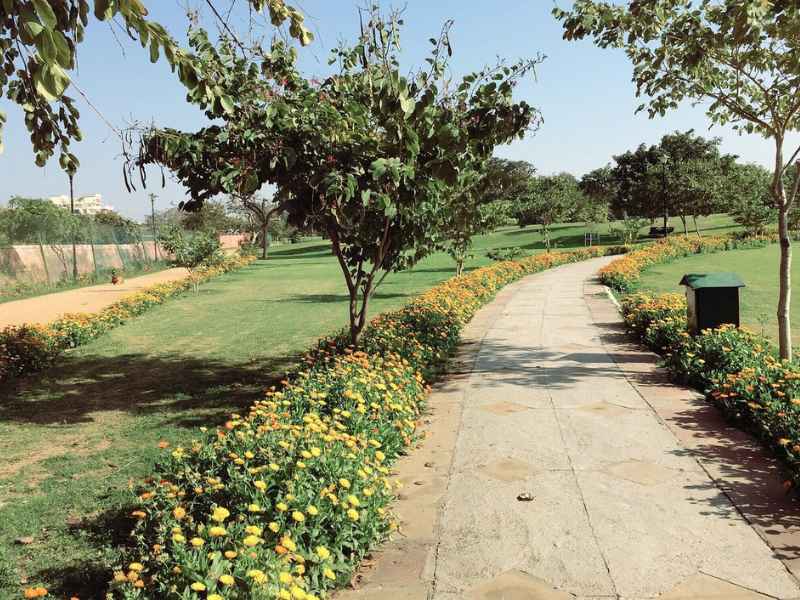
20. Patrika Gate
Jawahar Circle Garden’s entrance now has Patrika Gate. Bright paintings and elaborate sculptures represent Rajasthan’s rich culture and history on this majestic entryway. The gate’s colourful and beautiful appearance attracts photographers. Traditional Rajasthani architecture and modern art make Patrika Gate a wonderful icon of Jaipur’s culture.
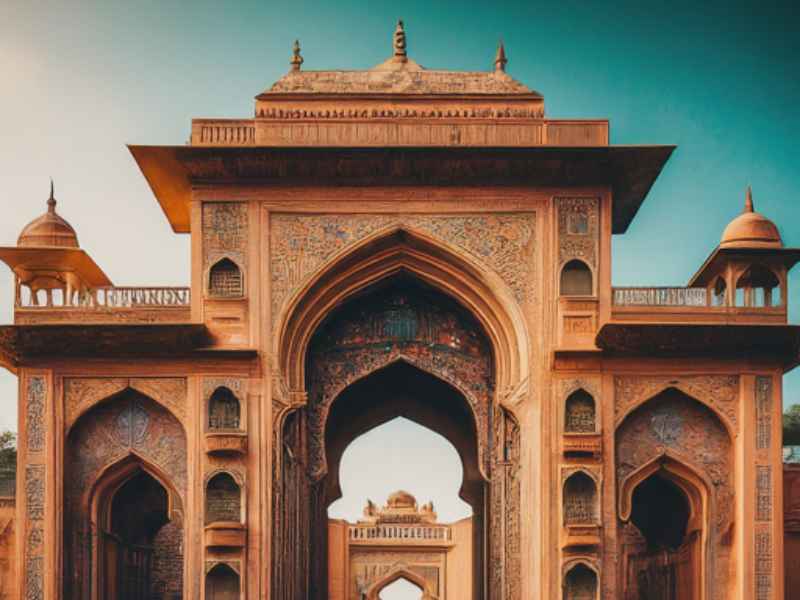
Jaipur 2-Day Itinerary
For a quick vacation to Jaipur, try this 2-day schedule of must-sees:
Day 1: Cultural, Historic Exploration
– Morning: Visit Amber Fort. The fort’s courtyards, Sheesh Mahal, and vistas are worth seeing.
– Midday: Explore Hawa Mahal’s museum and architecture. Visit Jaipur’s City Palace and Jantar Mantar. Visit a neighbouring eatery for lunch.
– Evening: Drive to Nahargarh Fort for a magnificent sunset. Restaurant Padao serves meals on the rooftop.
Day 2: Art, Shopping, Local Experiences
– Morning: Visit Birla Mandir after Albert Hall Museum.
– Midday: Jal Mahal offers peaceful vistas and photography during midday. Visit Panna Meena Ka Kund near Amber Fort and the Anokhi Museum of Hand Printing in the afternoon.
– Evening: Enjoy Rajasthani cuisine, traditions, and entertainment at Chokhi Dhani.
Conclusion
Jaipur has something for everyone with its rich history, architectural marvels, and lively culture. Pink City never disappoints, whether you’re exploring its medieval forts, admiring its ornate palaces, or enjoying its busy marketplaces and cultural events. You can maximise your stay to Jaipur and build lasting experiences with our complete guide.
